Many Minnesota contractors have previously entered into agreements with homeowners, commonly referred to as insurance contingent contracts, but also known as "subject to" or "price agreeable" contracts, to perform storm restoration work based on what insurance companies pay. This practice is governed by Minnesota Statute 325E.66. These contracts typically have language that looks like this:
There are significant changes to the law that go into effect on July 1, 2024.
Key Changes in the Statute
-
Pre-Contract Prohibitions:
The law now includes the following prohibited items by classifying them as an "inducement" under the insurance deductible section:- Conducting inspections of the covered property.
- Making insurance claims on behalf of the homeowner.
- Asking a homeowner to refer the contractor's services to others.
-
Estimate:
Contractors must provide a "good faith estimate" of costs and materials before signing a contract.- The statute does not define what constitutes a good faith estimate.
- The estimate must include a detailed and itemized cost of services and materials needed.
- Contractors should be cautious: if an estimate is poorly written or incomplete, the property owner, and by extension the insurance company, may hold the contractor accountable for all work within that scope, potentially leading to financial loss
- Notice:
- The contractor must also provide "a written notification of the requirements of this section with its initial estimate."
- This would be another disclosure in addition to the many existing required disclosures.
Existing Law
-
Advertising Insurance Deductible Payments:
- Contractors still cannot advertise or promise to pay, directly or indirectly, any part of an applicable insurance deductible in an insurance contingent contract.
-
Policy Interpretation and Claim Adjustment:
- Contractors are still prohibited from interpreting insurance policies or advising on coverages unless they are licensed public adjusters.
Compliance Recommendations
Given these changes, we strongly recommend that contractors provide "retail" estimates to homeowners rather than insurance contingent contracts based on what the insurance company agrees to pay. By doing so, homeowners can handle the insurance claims process themselves, which offers several advantages:
- Time Savings: Contractors can avoid the hassle of dealing with insurance supplements or waiting for payments from insurance companies.
- Reduced Liability: Ensuring that homeowners manage their claims directly reduces the risk of contractors being held responsible for misunderstandings or disputes over coverage and costs.
- Predictable Margins: By bidding jobs properly and thoroughly at the beginning, contractors have a way to cost-control, better estimate profits, and provide better overall financial reporting.
Action Items for Contractors
- Update Your Contracts and Practices: Ensure that all advertising and contracts comply with the new prohibitions. Avoid any language suggesting that you will handle insurance claims or deductibles.
- Educate Your Team: Make sure everyone involved in sales and service understands these changes and the importance of providing detailed, itemized estimates.
- Provide Detailed Estimates: Invest time in learning how to prepare thorough and accurate estimates. Consider consulting with experienced estimators or using estimating software.
- Communicate with Homeowners: Clearly explain to homeowners the benefits of managing their insurance claims and provide them with the necessary documentation to do so.
By following these guidelines, contractors can remain compliant with Minnesota’s revised law and continue to provide excellent service to their clients without risking legal complications. If you have any questions or need further guidance, please contact our experienced Construction team.




